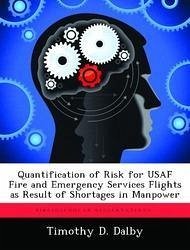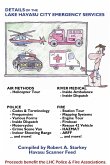The United States Air Force (USAF) is currently experiencing a period of high operations tempo and overseas deployments have become frequent. These deployments will leave home installations short manned. Some amount of risk is incurred by the home installation as a result of the short manning. For an organization, such as an USAF Fire and Emergency Services (FES) flight, whose primary responsibility is the protection of life and property, the incurred risk could be catastrophic. Still no attempt has been made to quantify risk in terms of manpower for USAF FES flights.The primary purpose of this research was to develop and validate a methodology to quantify risk in terms of manpower for FES flights. This research develops a decision tool to provide insight to FES Fire Chiefs on the risk associated with specific manpower decisions. The methodology was validated using data from Dyess Air Force Base FES flight. A secondary goal of the research was to determine a cost/benefit relationship between the risk level and the cost to backfill deployed firefighter positions with contract labor. The result was a decision tree model and pareto optimal graphs for the risk to manpower level and the cost/benefit relationship.
Hinweis: Dieser Artikel kann nur an eine deutsche Lieferadresse ausgeliefert werden.
Hinweis: Dieser Artikel kann nur an eine deutsche Lieferadresse ausgeliefert werden.








